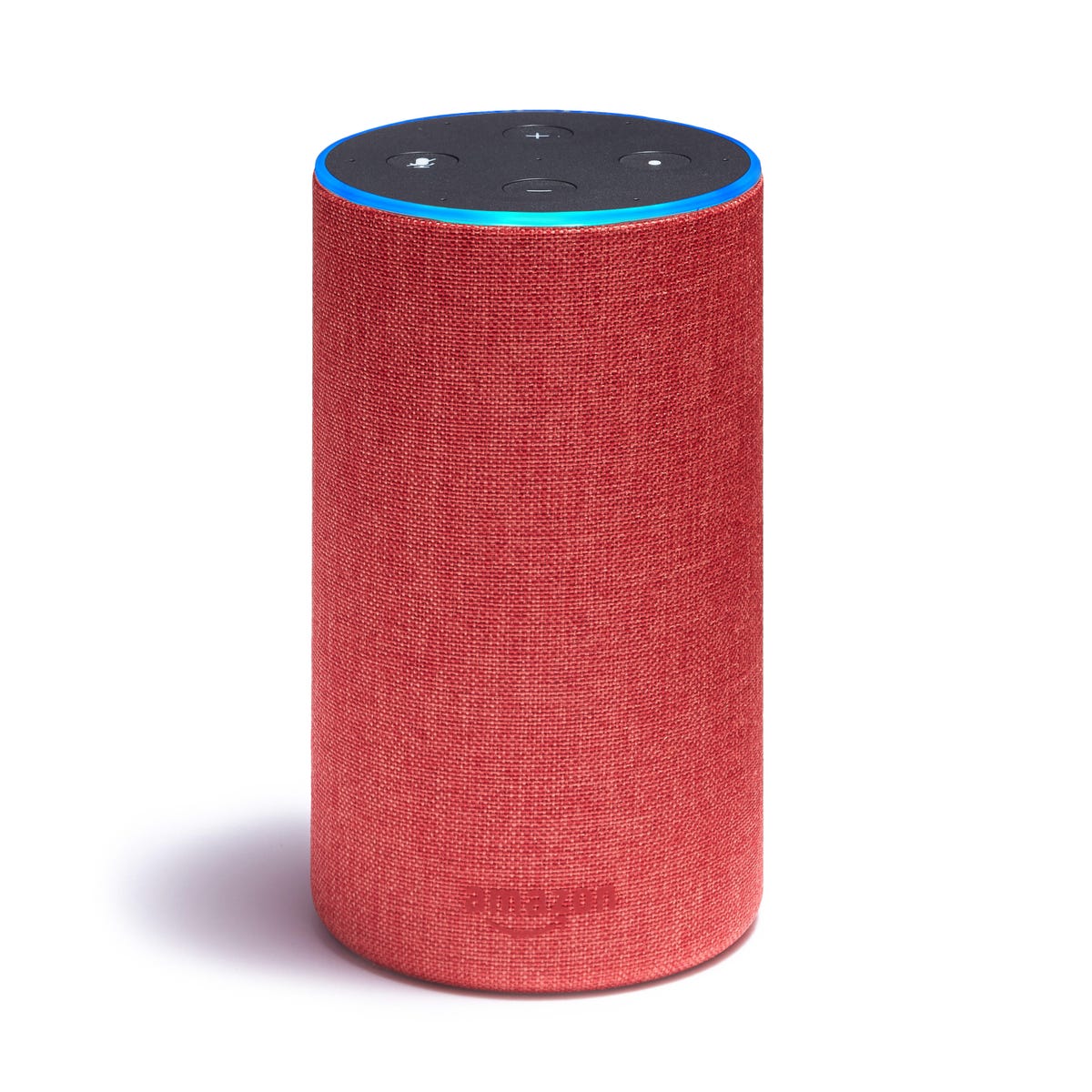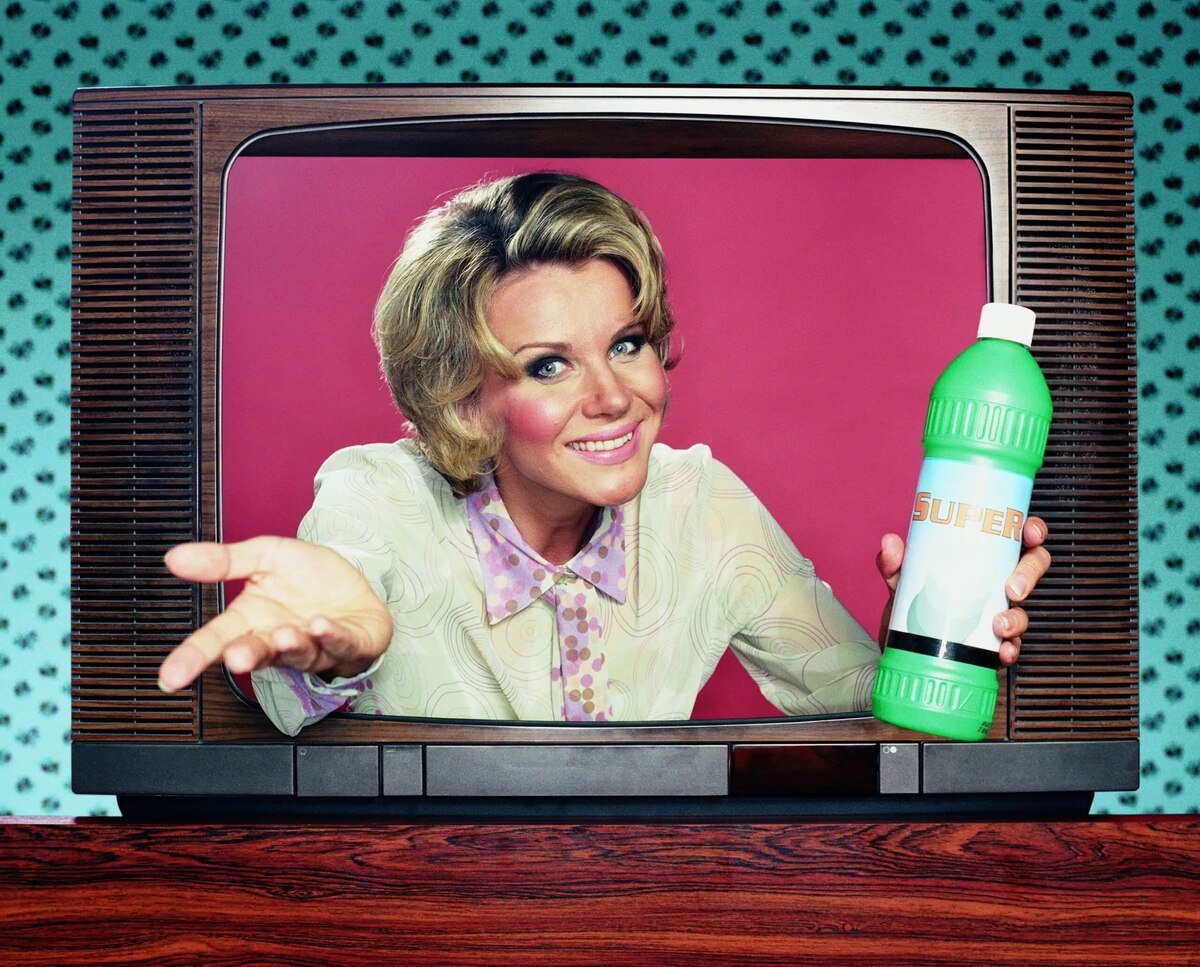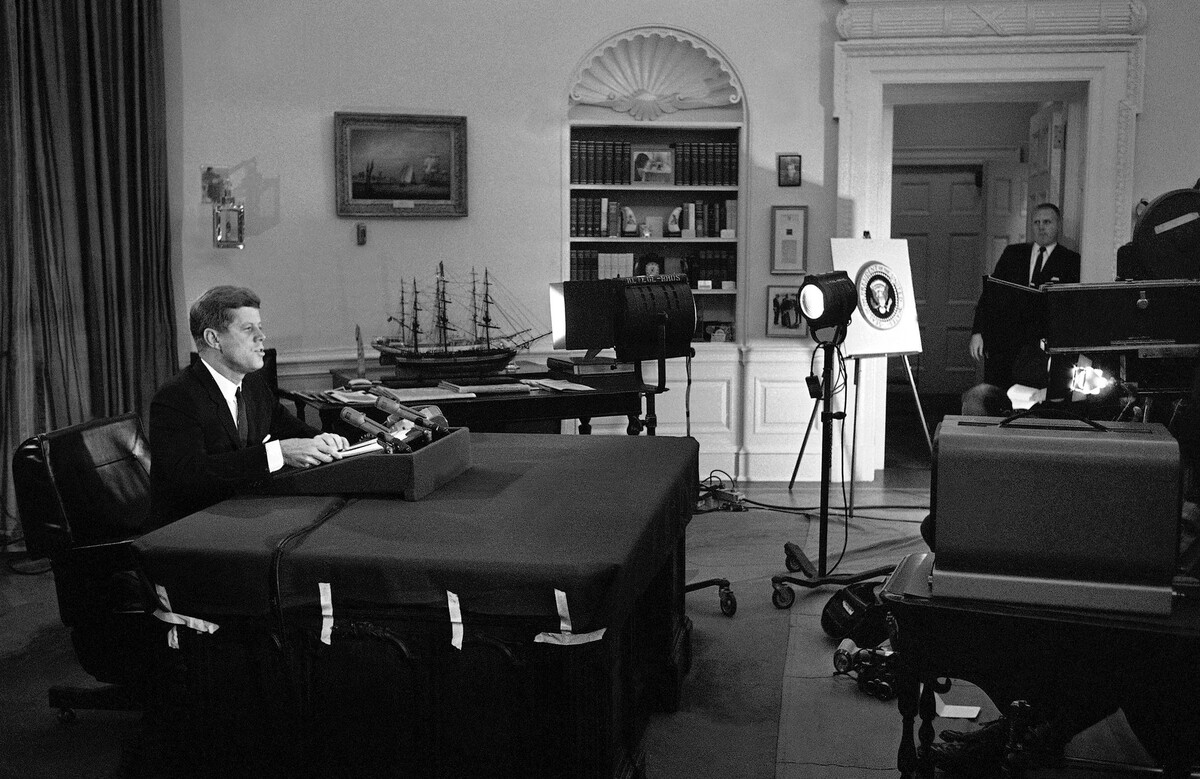Home>Technology>Home Entertainment Systems>What Is The Time Duration For Which An Advertisement Plays On A Television Or Radio Station?


Home Entertainment Systems
What Is The Time Duration For Which An Advertisement Plays On A Television Or Radio Station?
Modified: January 9, 2024
Discover the time duration for TV or radio ads on home entertainment systems. Learn how long your ads will play and maximize your marketing strategy.
(Many of the links in this article redirect to a specific reviewed product. Your purchase of these products through affiliate links helps to generate commission for Storables.com, at no extra cost. Learn more)
Introduction
Advertising plays a pivotal role in the success of businesses, as it enables them to reach their target audience and promote their products or services. One crucial aspect of advertising is the duration for which an advertisement is aired on television or radio. Understanding the factors that influence advertisement duration, the specific guidelines for television and radio, and the impact of advertisement duration is essential for businesses and advertisers. In this comprehensive guide, we will delve into the time duration for which an advertisement plays on television or radio stations, shedding light on the intricacies and significance of this fundamental aspect of advertising.
Whether you’re a business owner seeking to maximize the impact of your advertising efforts or an individual interested in the dynamics of advertisement duration, this article will provide valuable insights into the world of television and radio advertising.
Key Takeaways:
- Advertisement duration on TV and radio is influenced by factors like time slot, ad format, and target audience. Understanding these factors helps advertisers optimize their messaging and engagement strategies.
- TV ads typically range from 15 seconds to 2 minutes, while radio ads range from 10 seconds to 2 minutes. Shorter durations capture immediate attention, while longer durations allow for in-depth storytelling and engagement.
Read more: How To Play Radio Stations On Alexa
Factors Affecting Advertisement Duration
Several key factors influence the duration for which an advertisement is aired on television or radio. Understanding these factors is crucial for advertisers and businesses aiming to optimize their advertising strategies.
- Time Slot: The time slot during which an advertisement is aired significantly impacts its duration. Prime time slots, such as evenings on television or peak commuting hours on radio, often command higher rates and shorter advertisement durations due to high audience viewership or listenership.
- Ad Placement: The placement of an advertisement within a program or commercial break can affect its duration. Advertisements placed at the beginning or end of a commercial break may have longer durations compared to those in the middle, where viewer or listener attention may wane.
- Ad Format: The format of the advertisement, whether it’s a standard commercial, a sponsored segment, or an infomercial, can influence its duration. Infomercials, for instance, are typically longer in duration than traditional commercials, allowing for more in-depth product or service promotion.
- Advertising Budget: The budget allocated for advertising directly impacts the duration and frequency of advertisements. A larger budget may afford longer advertisement durations and more frequent airings, increasing the overall reach and impact of the advertising campaign.
- Target Audience: The demographics and preferences of the target audience play a vital role in determining advertisement duration. Advertisements aimed at specific demographics may require shorter or longer durations to effectively convey the intended message and resonate with the audience.
- Competition and Demand: The level of competition and demand for advertising slots within a specific time frame or program can influence advertisement duration. High-demand slots may command shorter durations and higher costs due to intense competition among advertisers.
By considering these factors, advertisers can make informed decisions regarding the duration of their advertisements, ensuring optimal reach and impact within their target market.
Television Advertisement Duration
Television advertising offers a diverse range of advertisement duration options, allowing advertisers to tailor their messages to specific time slots and programming formats. Understanding the typical advertisement durations for television is essential for crafting effective advertising strategies.
Standard television advertisement durations commonly range from 15 seconds to 2 minutes, with 30-second and 60-second spots being the most prevalent. These durations have become industry standards due to their ability to convey concise yet impactful messages to viewers. Shorter durations, such as 15 seconds, are often utilized for quick brand recognition and to deliver brief, compelling messages. On the other hand, longer durations, such as 2-minute spots, are employed for in-depth product demonstrations or storytelling that captivates audiences.
Furthermore, television networks offer various ad formats, including traditional commercials, sponsorships, product placements, and infomercials, each with distinct duration requirements. Infomercials, for instance, commonly run for 30 minutes or longer, allowing ample time for detailed product presentations and compelling narratives to engage viewers.
Prime time slots, which encompass evenings and other high-viewership periods, often command shorter advertisement durations due to the premium nature of these time slots. Conversely, non-peak time slots may offer more flexibility in terms of advertisement duration and pricing, providing opportunities for advertisers to experiment with longer formats or frequency.
Understanding the dynamics of television advertisement duration empowers advertisers to strategically craft their messages and optimize their advertising investments to effectively reach and resonate with their target audience.
Radio Advertisement Duration
Radio advertising presents a unique platform for reaching audiences through distinct advertisement durations and formats. Understanding the nuances of radio advertisement duration is essential for advertisers seeking to leverage the medium’s strengths and engage listeners effectively.
Radio advertisements commonly feature durations ranging from 10 seconds to 2 minutes, with 30-second and 60-second spots being the most prevalent. These durations are tailored to accommodate the preferences and attention spans of radio listeners, allowing advertisers to convey impactful messages within concise time frames.
Shorter advertisement durations, such as 10 or 15 seconds, are often utilized for quick brand mentions, event promotions, or succinct calls to action. These brief spots aim to capture listeners’ attention and leave a memorable impression within a limited timeframe. On the other hand, longer durations, such as 60 seconds, provide the opportunity for more detailed product descriptions, storytelling, and persuasive messaging to resonate with the audience.
Radio stations offer diverse programming formats, including music, talk shows, news segments, and sponsored content, each influencing the optimal advertisement duration. For instance, during music segments, shorter advertisement durations may be strategically placed to minimize disruption to the listener’s experience, while talk shows or news segments may accommodate longer advertisement durations to align with the format’s pacing and content.
Additionally, radio advertising often allows for creative flexibility, enabling advertisers to experiment with unique formats such as jingles, endorsements by radio personalities, and integrated sponsorships, each with distinct duration and engagement strategies.
Understanding the dynamics of radio advertisement duration empowers advertisers to tailor their messages to align with diverse programming formats and listener preferences, maximizing the impact of their advertising campaigns and effectively engaging radio audiences.
The time duration for which an advertisement plays on a television or radio station is typically referred to as the “ad spot length.” This can range from a few seconds (e.g. 15, 30, or 60 seconds) to longer durations, depending on the advertising budget and objectives.
Regulations and Guidelines
Television and radio advertising are subject to regulations and guidelines aimed at ensuring fair practices, protecting consumers, and maintaining the integrity of the advertising industry. Adhering to these regulations is crucial for advertisers and broadcasters to uphold ethical standards and deliver transparent, responsible advertising content.
In the United States, the Federal Communications Commission (FCC) oversees regulations related to television and radio advertising. The FCC mandates that advertisements must be clearly distinguishable from regular programming, preventing misleading or deceptive content that may confuse viewers or listeners. Additionally, the FCC enforces guidelines regarding the permissible content of advertisements, ensuring compliance with decency standards and prohibiting the dissemination of false or misleading claims.
Furthermore, the FCC imposes restrictions on the volume of television advertisements, commonly known as the “loudness” issue, to prevent jarring and excessively loud commercials that disrupt viewer experience. This regulation aims to maintain a consistent and comfortable audio level for viewers across different programs and advertisements.
For radio advertising, the FCC’s guidelines encompass similar principles, emphasizing the importance of transparency, honesty, and respect for listeners. Advertisements must clearly indicate their commercial nature and refrain from deceptive or fraudulent claims that may mislead radio audiences.
Moreover, industry-specific organizations, such as the Alliance for Community Media and the National Association of Broadcasters, provide additional guidelines and best practices to ensure responsible and ethical advertising practices within the television and radio broadcasting sectors.
Advertisers and broadcasters must also consider regulations specific to the content of certain types of advertisements, such as those promoting alcohol, tobacco, or pharmaceutical products. These advertisements are subject to additional restrictions and disclosure requirements to safeguard public health and safety.
By understanding and adhering to the regulations and guidelines governing television and radio advertising, advertisers and broadcasters can uphold ethical standards, foster consumer trust, and contribute to the integrity and credibility of the advertising industry.
Read more: What Are Television And Radio?
Impact of Advertisement Duration
The duration of an advertisement plays a pivotal role in shaping its impact on audiences and the effectiveness of the overall advertising campaign. Understanding the impact of advertisement duration is essential for advertisers seeking to optimize their messaging and engagement with target audiences.
Shorter advertisement durations, such as 15 or 30 seconds, are effective for capturing immediate attention, delivering concise messages, and reinforcing brand recognition. These brief spots are well-suited for conveying memorable slogans, quick product highlights, and compelling visuals that leave a lasting impression on viewers or listeners. Furthermore, shorter durations often result in higher frequency, allowing advertisers to reinforce their messaging through repeated exposure.
Conversely, longer advertisement durations, such as 60 seconds or more, provide the opportunity for in-depth storytelling, detailed product demonstrations, and persuasive narratives that engage audiences on a deeper level. These longer spots allow advertisers to convey complex messages, evoke emotions, and establish meaningful connections with viewers or listeners, particularly when promoting high-involvement products or services.
The impact of advertisement duration is also influenced by the context in which the advertisement is aired. Prime time slots and high-traffic radio segments may necessitate shorter durations to effectively capture audience attention amidst intense competition, while non-peak time slots or specialized programming formats may accommodate longer durations for more immersive storytelling and engagement.
Moreover, the cumulative impact of advertisement duration, frequency, and placement contributes to brand recall, message retention, and consumer response. Strategic alignment of advertisement duration with the target audience’s preferences, media consumption habits, and purchasing behavior enhances the overall impact of the advertising campaign.
Advertisers must also consider the evolving landscape of media consumption, including the rise of digital streaming platforms and on-demand content, which may influence audience attention spans and receptiveness to varying advertisement durations.
By carefully evaluating the impact of advertisement duration and tailoring messaging to align with audience preferences and media contexts, advertisers can optimize their advertising campaigns, maximize engagement, and drive meaningful outcomes for their brands and products.
Conclusion
Understanding the time duration for which an advertisement plays on television or radio stations is essential for advertisers and businesses navigating the dynamic landscape of advertising. The factors influencing advertisement duration, the nuances of television and radio advertisement durations, and the impact of these durations collectively shape the effectiveness and reach of advertising campaigns.
By comprehending the diverse factors affecting advertisement duration, including time slots, ad placement, formats, budgets, target audiences, and competition, advertisers can make informed decisions to optimize their advertising strategies and effectively engage their desired demographics.
Television advertisement durations, ranging from 15 seconds to 2 minutes, offer flexibility and diversity, allowing advertisers to craft concise yet impactful messages for varied programming formats and time slots. Understanding the dynamics of television advertisement durations empowers advertisers to strategically position their messages and maximize audience engagement.
Similarly, radio advertisement durations, spanning from 10 seconds to 2 minutes, cater to the unique preferences and attention spans of radio listeners. Advertisers can leverage the creative flexibility of radio advertising to tailor their messages to diverse programming formats and engage listeners effectively.
Adhering to regulations and guidelines governing television and radio advertising is paramount for maintaining ethical standards, consumer trust, and industry integrity. By upholding transparency, honesty, and respect for audiences, advertisers and broadcasters contribute to a responsible and credible advertising environment.
The impact of advertisement duration on audiences and the overall effectiveness of advertising campaigns underscores the importance of strategic messaging, contextually aligned durations, and the cumulative influence of frequency and placement. By aligning advertisement durations with audience preferences and media consumption habits, advertisers can optimize engagement and drive meaningful outcomes for their brands and products.
In conclusion, the time duration for which an advertisement plays on television or radio stations is a multifaceted aspect of advertising that requires careful consideration, strategic planning, and a nuanced understanding of audience dynamics. By leveraging the insights provided in this guide, advertisers and businesses can navigate the intricacies of advertisement duration to maximize the impact of their advertising efforts and effectively connect with their target audiences.
Frequently Asked Questions about What Is The Time Duration For Which An Advertisement Plays On A Television Or Radio Station?
Was this page helpful?
At Storables.com, we guarantee accurate and reliable information. Our content, validated by Expert Board Contributors, is crafted following stringent Editorial Policies. We're committed to providing you with well-researched, expert-backed insights for all your informational needs.















0 thoughts on “What Is The Time Duration For Which An Advertisement Plays On A Television Or Radio Station?”